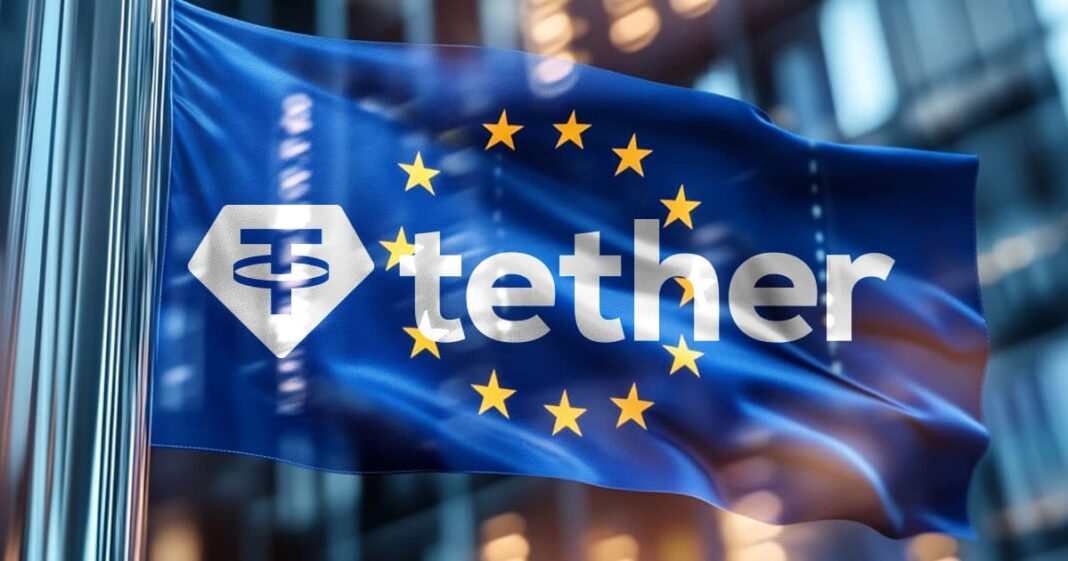On the 30th of December 2024, Tether the largest stablecoin issuer in the world became officially non-compliant following stringent measures for stablecoins put in place by European Union’s Markets in Crypto-Assets (MiCA).
The Noncompliant status of Tether (USDT) has cast a shadow on its continued use in the European jurisdiction with some proactive exchanges already delisting the crypto asset on their platform.
Industry watchers believe the Tether situation may impact market liquidity and trading activities involving USDT within Europe while creating unnecessary FUD in the crypto market.
The spat between Tether and MICA opened up the age-old debate on Europe’s penchant for regulations dividing opinions in the global crypto scene.
A side of the divide side with Europe’s MICA and its regulatory framework for stablecoins citing the collapse of FTX as a good example of the dangers of poor regulation.
The other side pitched their tents with Tether (USDT) arguing that Europe’s MICA is anti-decentralization and could stifle the crypto ecosystem in Europe.
The debate drew reactions from top voices in the crypto space including Tether CEO, Paolo Ardaino who speculated that the FUD on USDT is coordinated.
A Balanced Perspective
In the middle of both divides is a balanced perspective that recognizes the importance of regulation but still believes it could be done right in order not to hamper innovation.
Alex Pawlowski, Managing Director at Ascent Partner and experienced Crypto consultant believes MICA’s regulation should be moderate and strategically timed.
Speaking to Crypto News he gave a breakdown of the development between both entities before giving his personal opinion on the matter.
“The EU’s MiCA regulation has led to exchanges delisting Tether’s USDT due to its potential non-compliance with strict reserve management and transparency rules. This creates liquidity challenges, a shift to compliant stablecoins like USDC, and operational difficulties for Tether.
The controversy lies in MiCA’s demand for clear reserve audits and disclosures, which critics argue Tether has historically struggled with or resisted. Supporters of MiCA see this as a push for stability and trust in crypto markets, while opponents view it as overly restrictive, potentially driving innovation and market activity out of Europe.” Alex Said.
Mr Pawlowski explained that he leans towards MICA’s position on the matter but believes regulation should be strategically timed to give room for experimentation.
Coinbase Europe Delists USDT
Coinbase Europe, along with its German and Custody International branches, delisted Tether’s USDT and five other stablecoins on December 13, 2024.
This action was taken to comply with the European Union’s Markets in Crypto-Assets (MiCA) regulation, which requires stablecoin issuers to have regulatory approval in at least one EU member state.
Despite Coinbase’s preemptive delisting, other major cryptocurrency exchanges in Europe, such as Binance, Crypto.com, and Kraken, continue to list USDT on their platforms.
These exchanges have not announced any immediate plans to delist USDT, even after the MiCA enforcement deadline has elapsed.

